Anthurium Plant Care: Learn About Repotting Anthuriums
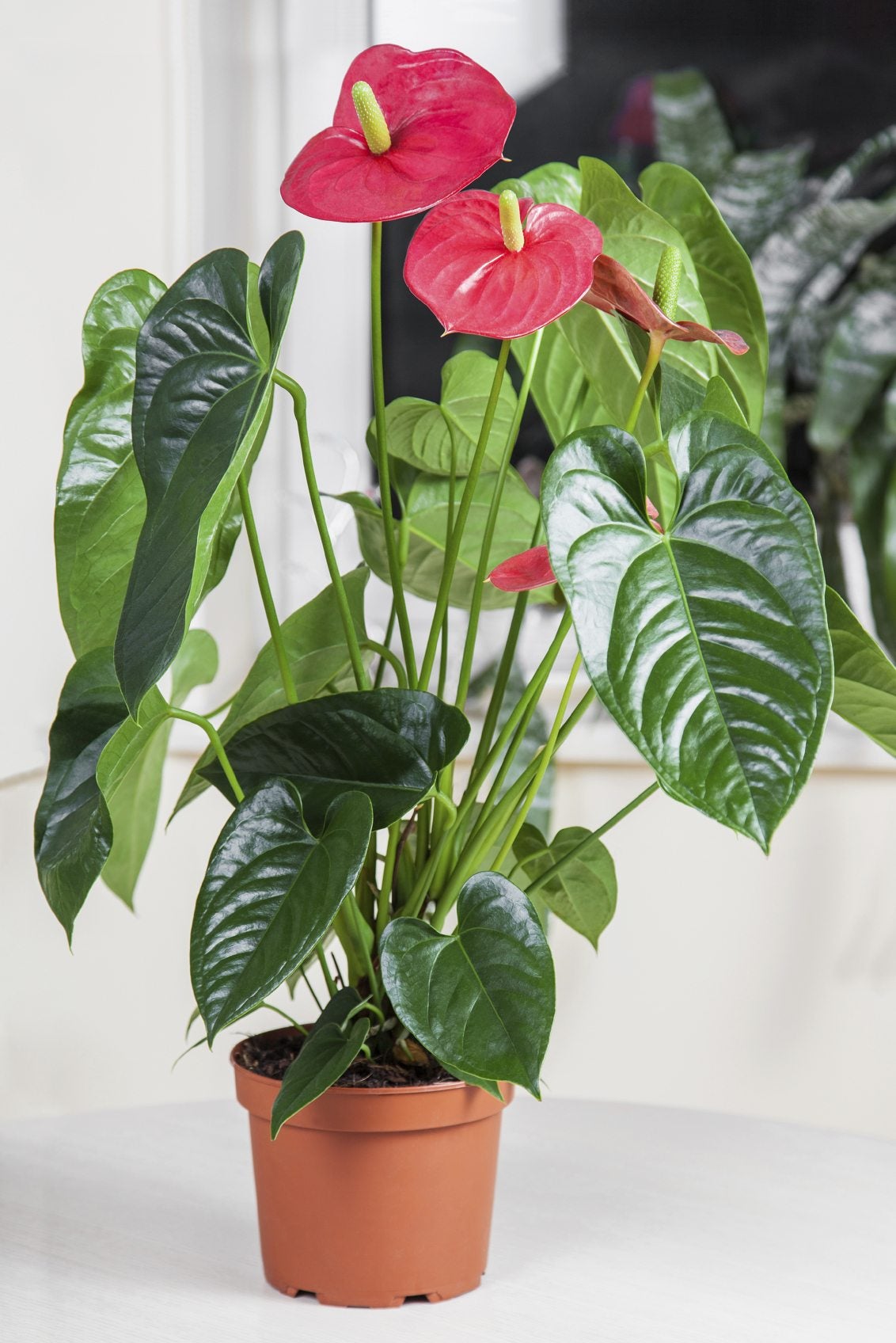

Anthurium is a delightful tropical plant with glossy foliage and bright, heart-shaped blooms. Anthurium plant care is relatively straightforward and repotting anthurium plants is a task that should be done only when required. Read on for the when's and how's of repotting anthuriums.
Best time for Repotting Anthurium Plants
So when is the best time for repotting an anthurium plant? A rootbound anthurium should be repotted as soon as possible. If you aren’t sure if the plant is rootbound, look for the following clues:
- Roots circling around the surface of the potting mix
- Roots growing through the drainage hole
- Wilting foliage, even after watering
- Water runs straight through drainage hole
- Bent or cracked container
If your anthurium shows signs that it’s severely rootbound, don’t wait to repot, as you may lose the plant. However, if your plant is just beginning to look crowded, it’s preferable to wait until new growth emerges in spring.
How to Repot Anthuriums
Prepare a pot one size larger than the current pot. As a general rule, the diameter of the new container should be no more than an inch or 2 (2.5-5 cm.) larger. Cover the drainage hole with a small piece of mesh, a paper towel, or a coffee filter to keep potting soil from escaping through the hole. Water the anthurium well a few hours before repotting; a moist rootball is easier to repot and much healthier for the plant. Try to use a potting soil similar to the plant’s current potting mix. Anthurium requires a very light, loose medium with a pH around 6.5. If in doubt, use a mixture such as two parts orchid mix, one part peat and one part perlite, or equal parts peat, pine bark, and perlite. Place fresh potting soil in the new container, using just enough to bring the top of the anthurium’s rootball to about an inch (2.5 cm.) or less below the rim of the container. Once repotted, the plant should sit at the same soil level it was situated in the original pot. Slide the anthurium carefully from its current pot. Tease the compacted rootball gently with your fingers to release the roots. Place the anthurium in the pot, then fill in around the root ball with potting soil. Firm the potting soil lightly with your fingers. Water lightly to settle the soil, and then add a little more potting soil, if needed. Again, it’s important to situate the top of the anthurium’s root ball at the same level as its old pot. Planting the crown of the plant too deeply may cause the plant to rot. Place the plant in a shady area for a couple of days. Don’t worry if the plant looks a little worse for wear the first few days. Slight wilting frequently occurs when repotting anthuriums. Withhold fertilizer for a couple of months after repotting an anthurium to give the plant time to settle into its new pot.
Gardening tips, videos, info and more delivered right to your inbox!
Sign up for the Gardening Know How newsletter today and receive a free copy of our e-book "How to Grow Delicious Tomatoes".

A Credentialed Garden Writer, Mary H. Dyer was with Gardening Know How in the very beginning, publishing articles as early as 2007.
-
 Terrifically Tubular Flowers For Hummingbirds: 9 Tube-Flowered Plants To Attract Hummers
Terrifically Tubular Flowers For Hummingbirds: 9 Tube-Flowered Plants To Attract HummersGrowing tubular flowers for hummingbirds helps you create the optimum feeding conditions for your winged friends. Here are nine tubed delights for hummers
By Tonya Barnett
-
 How To Grow Hydroponic Tomatoes For Fresh Indoor Harvests – No Soil Required
How To Grow Hydroponic Tomatoes For Fresh Indoor Harvests – No Soil RequiredLearning how to grow tomatoes in water is easy and allows you to harvest fresh-home-grown produce in every season without any mess.
By Ellen Wells
-
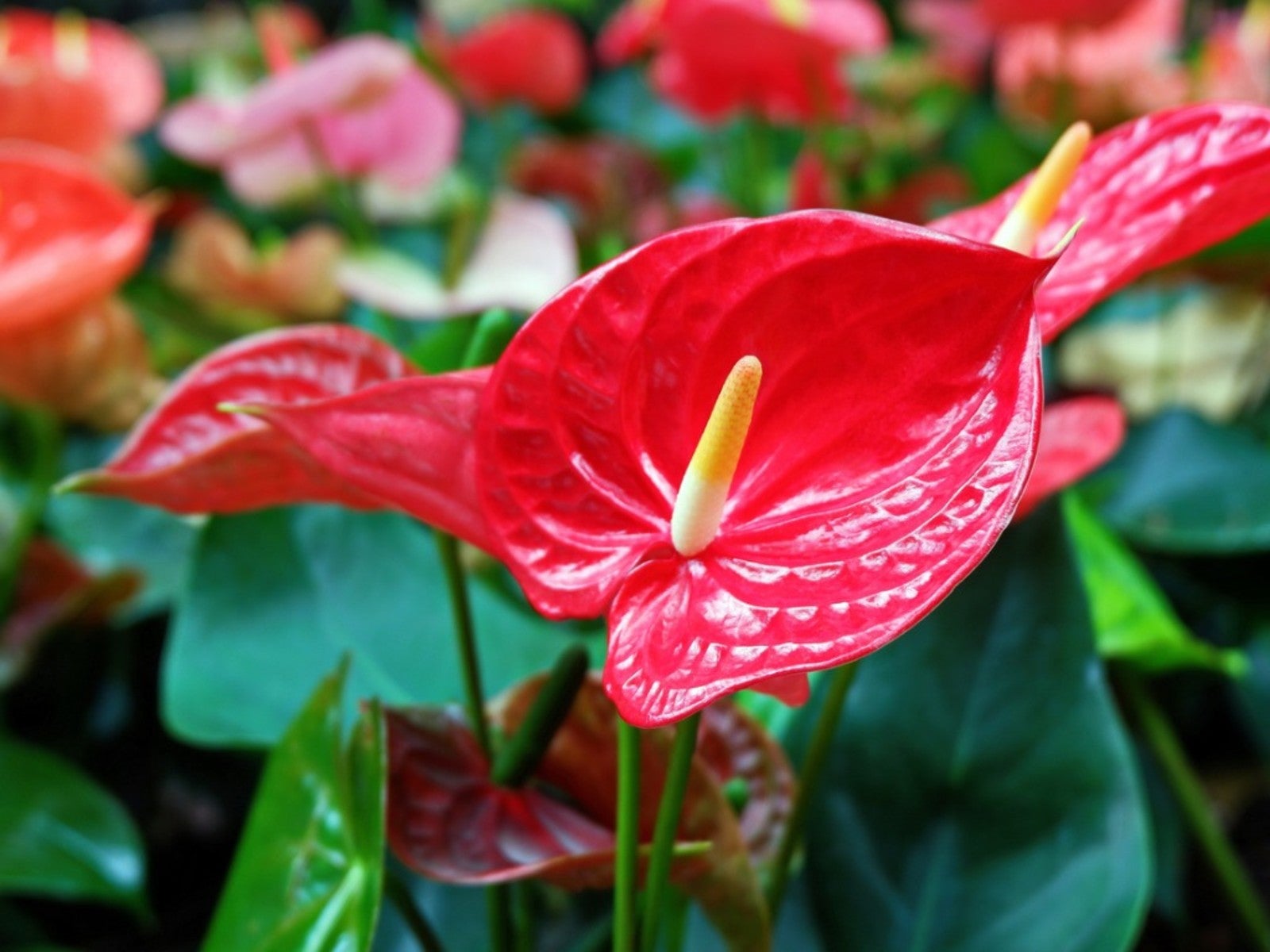 Can I Grow Anthurium In Water - Anthurium In Water Care Tips
Can I Grow Anthurium In Water - Anthurium In Water Care TipsYou can often find Anthuriums for sale glued to a piece of volcanic rock or pumice soaked in water. This would lead you to question, "Can I grow Anthurium in water?"
By Bonnie L. Grant
-
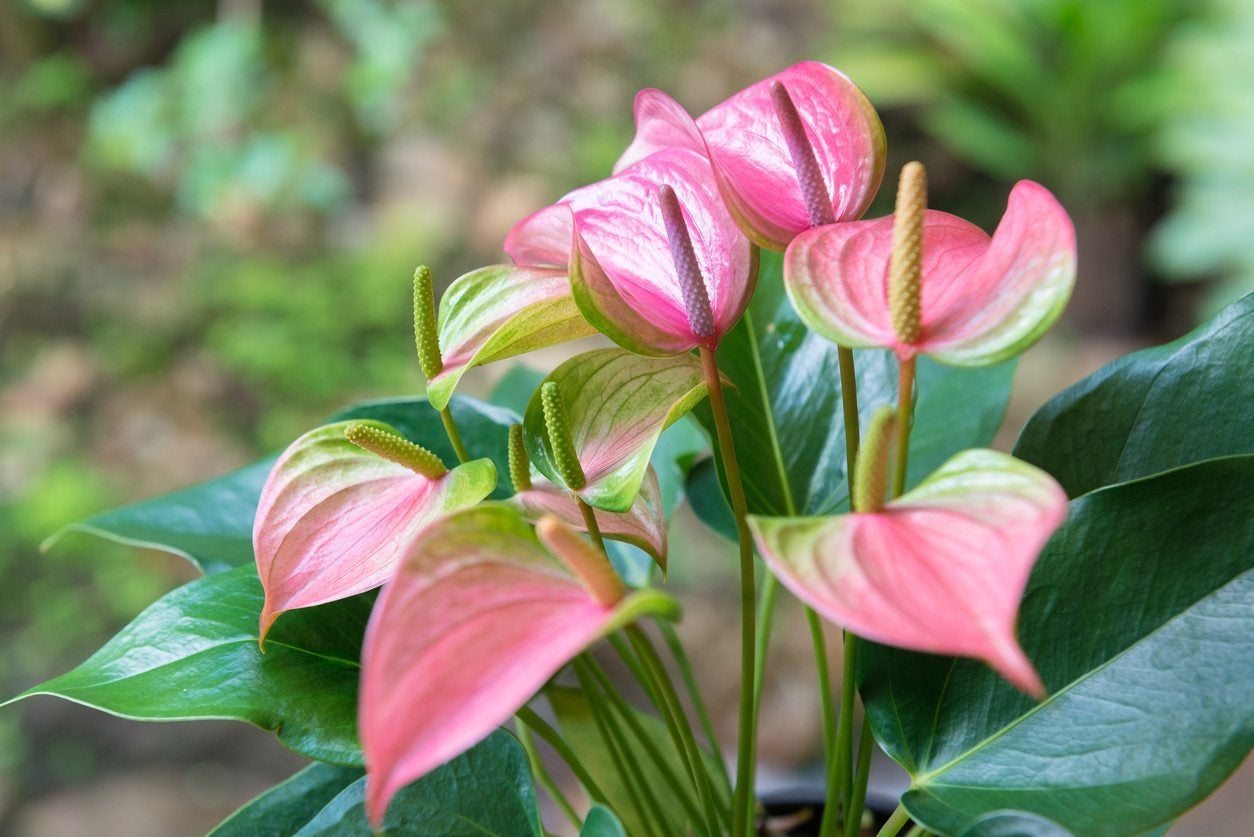 Is Anthurium Trimming Necessary: How To Prune Anthurium Plants
Is Anthurium Trimming Necessary: How To Prune Anthurium PlantsIn spite of its exotic appearance, anthurium is surprisingly low maintenance. However, cutting back an anthurium is necessary from time to time to keep the plant happy and healthy. Wondering how to prune anthurium? Learn more in this article.
By Mary H. Dyer
-
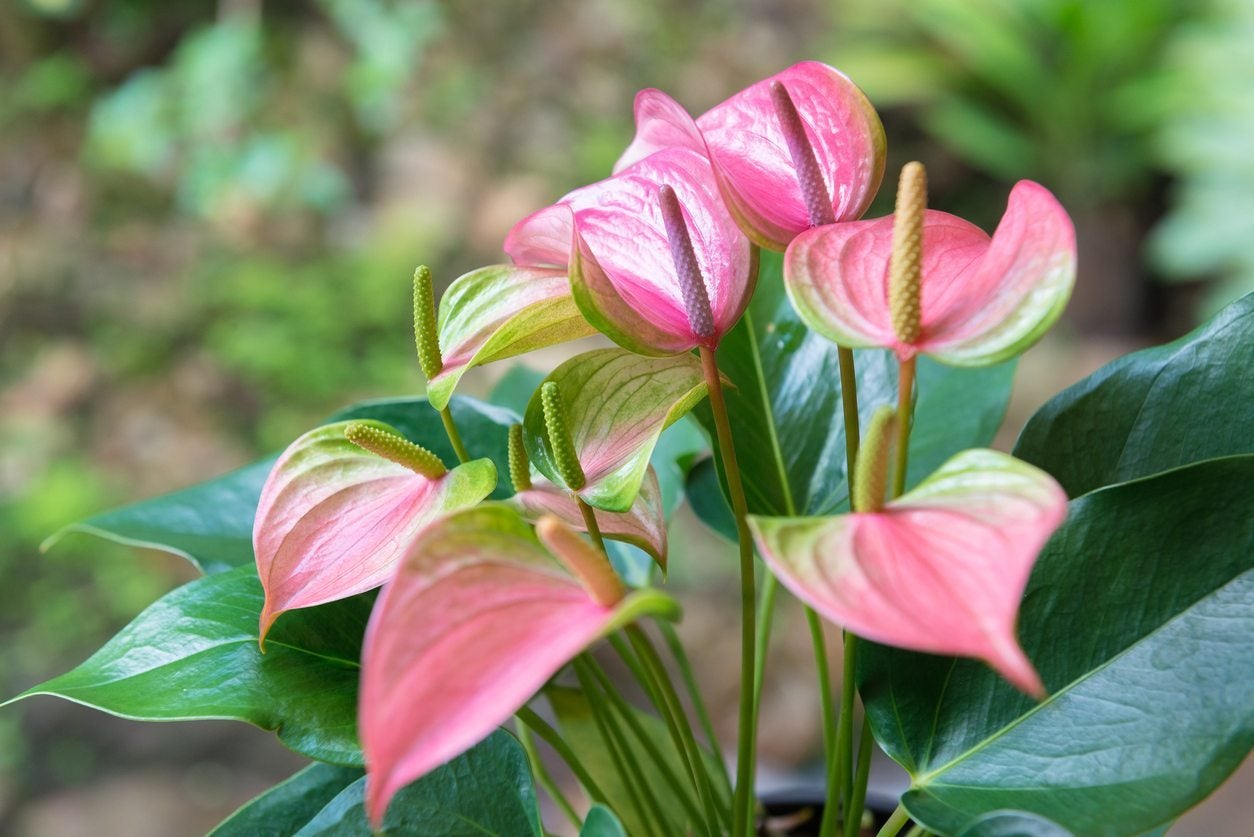 Anthurium Plant Division: How And When To Split Anthuriums
Anthurium Plant Division: How And When To Split AnthuriumsAnthurium is a great plant even for inexperienced gardeners. Maintenance is low, although dividing anthuriums is sometimes necessary to keep them blooming. Click this article to learn more about when and how to divide these plants.
By Mary Ellen Ellis
-
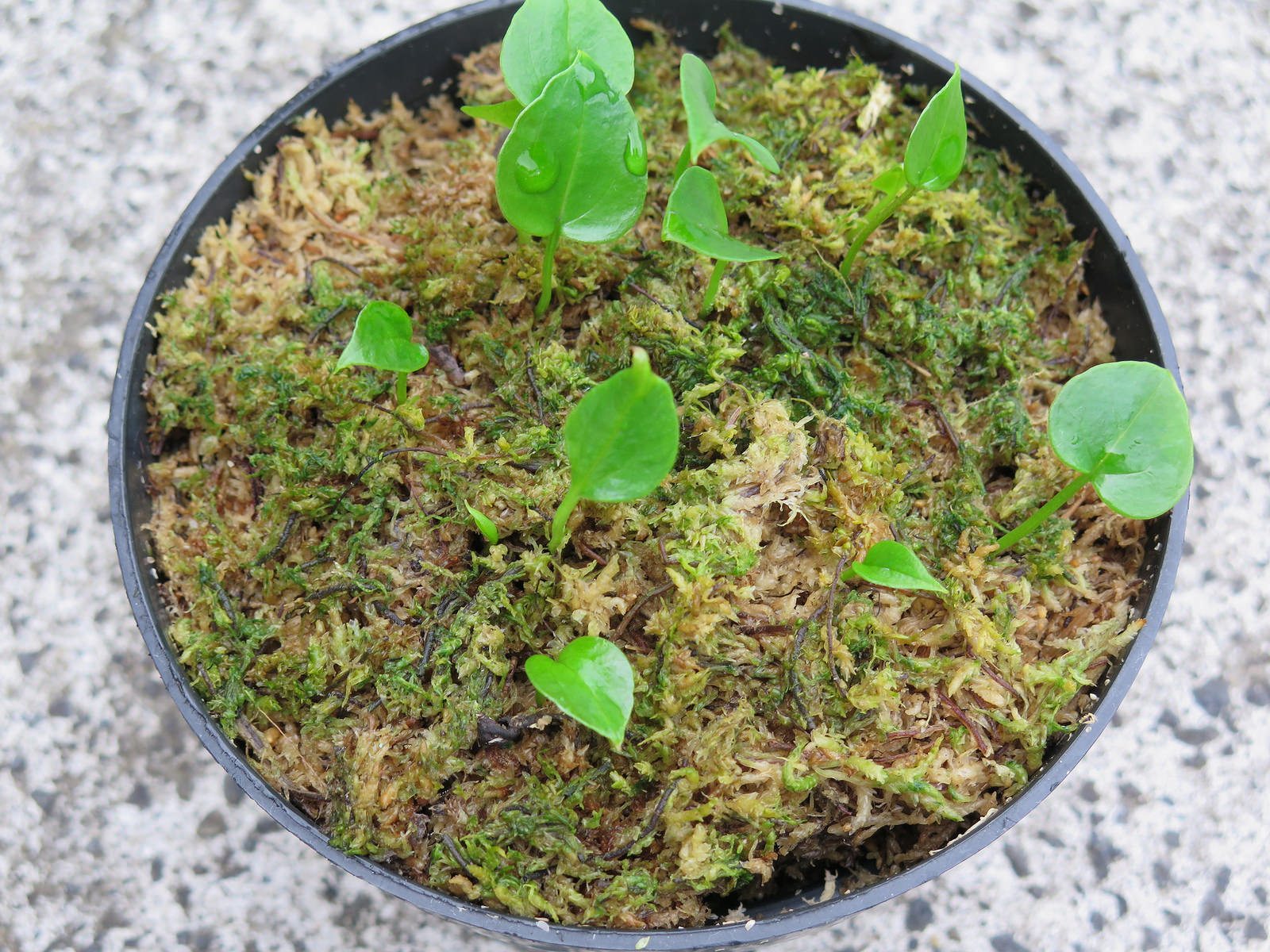 Seed Propagating Anthuriums: Learn About Planting Anthurium Seeds
Seed Propagating Anthuriums: Learn About Planting Anthurium SeedsCuttings are a far easier way to get a new plant, but if you are up for an adventure, some tips on planting anthurium seeds can help you find success. This article will help get you started with propagating anthuriums from seed.
By Bonnie L. Grant
-
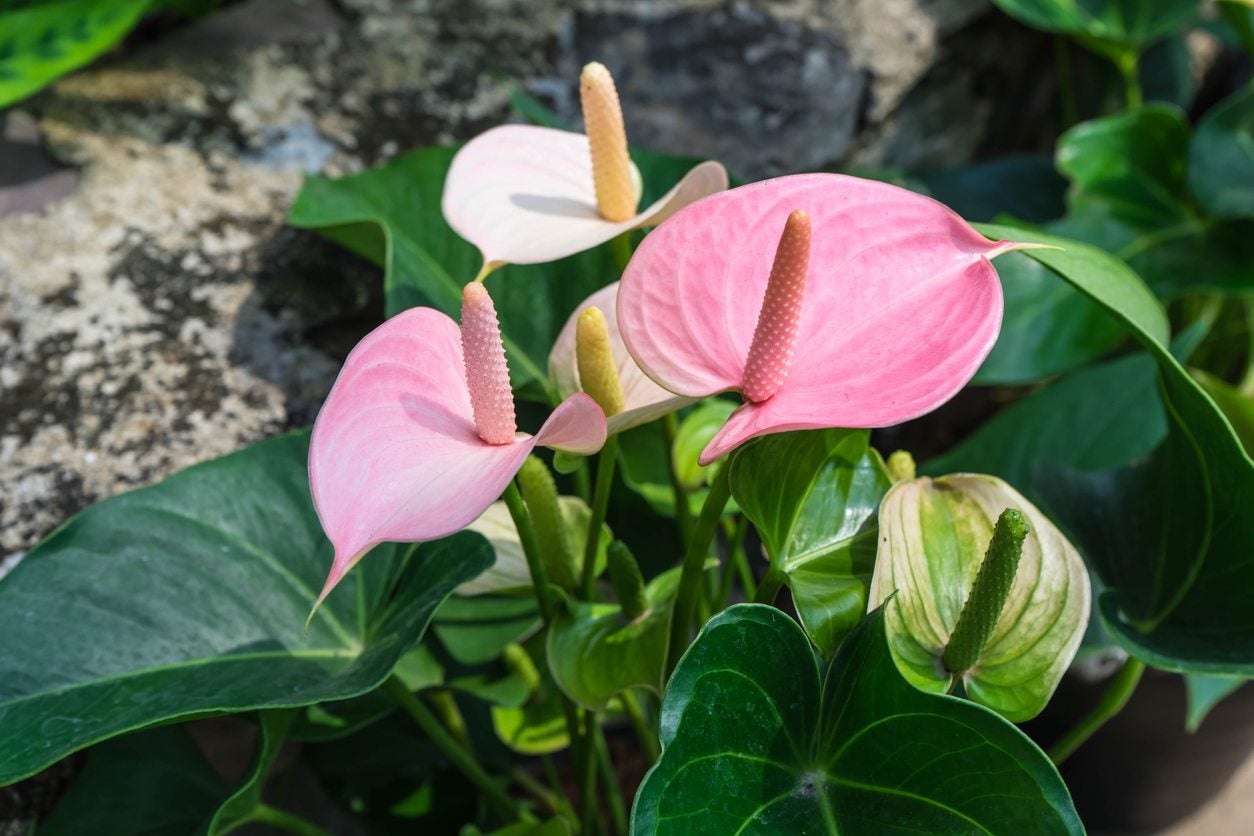 Anthurium Outdoor Care – How To Grow Anthuriums In The Garden
Anthurium Outdoor Care – How To Grow Anthuriums In The GardenJust one anthurium plant can give a room a more tropical feel. Naturally, homeowners are adding this exotic plant to their outdoor rooms as well. However, while anthurium tends to grow well inside, anthurium outdoor care is more difficult. Learn more here.
By Darcy Larum
-
 Anthurium Plant Pests – Controlling Insects On Anthuriums
Anthurium Plant Pests – Controlling Insects On AnthuriumsAnthurium pest control starts with recognizing the insects infesting the plant and then taking prompt measures to eradicate them. Learn more about them in this article and find tips on how to control insects on anthuriums.
By Bonnie L. Grant
-
 How Often To Water Anthuriums – Helpful Anthurium Watering Instructions
How Often To Water Anthuriums – Helpful Anthurium Watering InstructionsAnthuriums are interesting, lesser-known plants. The flowers have a unique look and low maintenance requirements, particularly when it comes to water. Learn more about anthurium water requirements in this article.
By Liz Baessler
-
 Changing Anthurium Color: Reasons For An Anthurium Turning Green
Changing Anthurium Color: Reasons For An Anthurium Turning GreenAnthurium plants produce hues of red, yellow and pink. Additional colors include green and white, scented lavender and a deeper yellow colored spathe. When anthurium flowers turn green, it may be species or it may be age or incorrect cultivation. Click here for more info.
By Bonnie L. Grant